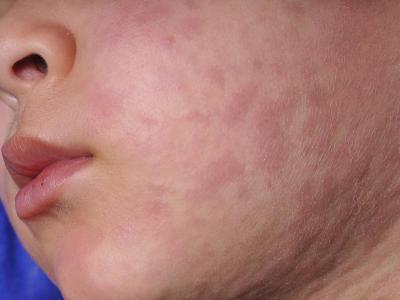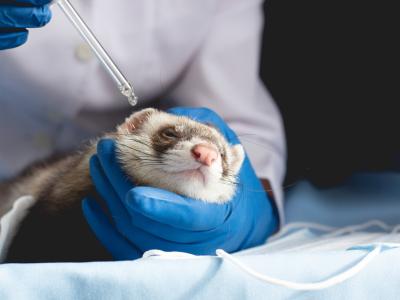H5N1 sickens 3 more in Egypt
Egypt recently reported three new H5N1 avian flu cases, all in people who had been exposed to poultry or their environments, according to a monthly update from the World Health Organization (WHO) on animal-to-human flu transmission events for the middle of June through the middle of July.
One of the patients is a 2-year-old boy from Cairo who got sick on May 30 and whose H5N1 illness was detected as part of flulike illness surveillance. He was hospitalized, treated with antivirals for pneumonia, and recovered. Before he became ill the boy had visited a family member who raised birds.
The other two are a 30-year-old woman from Menia governorate whose symptoms began on Jun 11 and an 8-year-old girl from Cairo governorate who got sick on Jun 18. Both had been exposed to poultry or their environments, were hospitalized with pneumonia, and recovered after antiviral treatment.
The WHO said no other cases were detected in any of the patients' contact and that H5N1 is endemic in Egyptian poultry.
So far, eight H5N1 cases have been reported globally this year, all of them in Egypt. The WHO said since 2003, 854 cases have been reported, 450 of them fatal, from 16 countries.
Jul 19 WHO monthly flu at the human-animal interface report
In related developments, the WHO recently noted seven more H7N9 avian flu cases reported from China on Jul 12, four of them fatal. In a Jul 22 statement, the WHO said onset dates range from May 26 to Jun 23, with ages spanning 52 to 68 years.
The patients were from six provinces and cities. Four of the patients are men, and five reported exposure to poultry or their environments before they became ill. One worked a market where live poultry is sold. None of the cases reflect human-to-human transmission, the agency said.
Most of the cases had been noted earlier in other official reports from Chinese government agencies, according to FluTrackers, an infectious disease news message board. It put the global total at 800 cases since the first human cases were detected in 2012.
Jul 22 WHO statement on H7N9 in China
FluTrackers H7N9 case list
Iraq reports 11 H5 outbreaks affecting almost 3 million poultry
Iraqi officials today reported 11 outbreaks of highly pathogenic H5 avian flu outbreaks last month and this month that affected farm poultry numbering almost 3 million birds, while the government announced steps to combat the problem.
In a report to the World Organization for Animal Health (OIE), the country's Ministry of Agriculture reported that 11 farms in and around Baghdad were affected beginning on Jun 15, with the most recent one beginning on Jul 13. Seven were in Baghdad governorate, with the other 4 in Wasit governorate to the southeast of Baghdad.
The farms range in size from 17,000 to 914,000 birds. In total the farms housed 2,823,035 poultry, 512,948 of which died from the virus. The remaining 2.3 million birds were culled to prevent disease spread.
Officials are implementing control measures like disinfection of the premises and control poultry movement, the OIE report said.
In related news, Iraq's General Secretariat of the Council of Ministers ordered steps to combat the recent outbreaks, including limits on shipping animals, increased funding for containment, and reporting of sick birds. The statement was translated and posted by Avian Flu Diary, an infectious disease blog.
Jul 25 OIE report
Jul 25 Avian Flu Diary post









